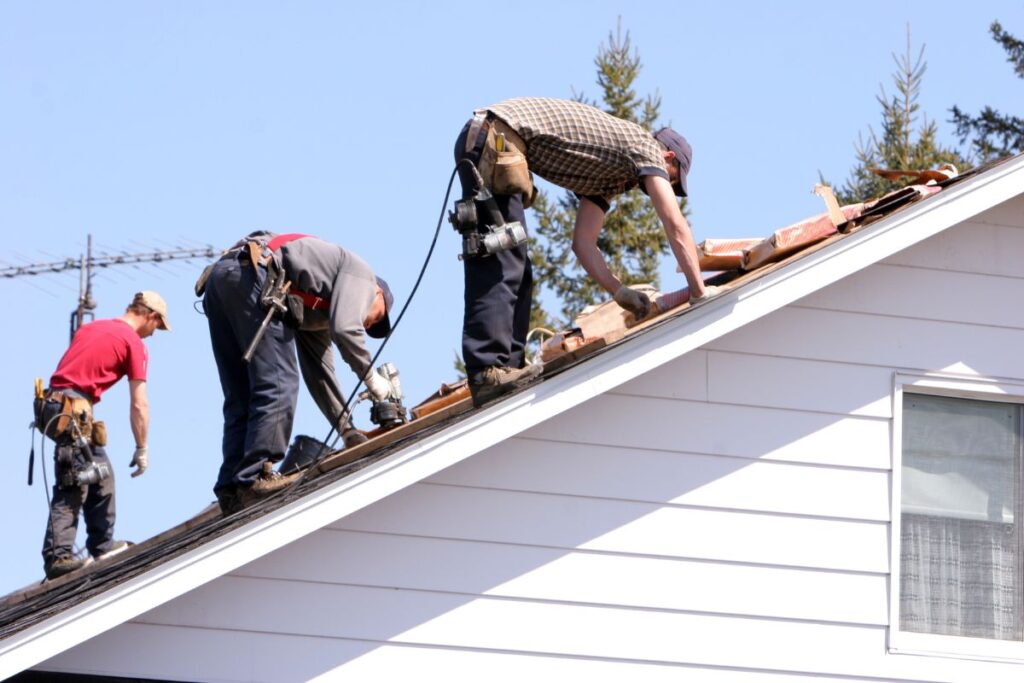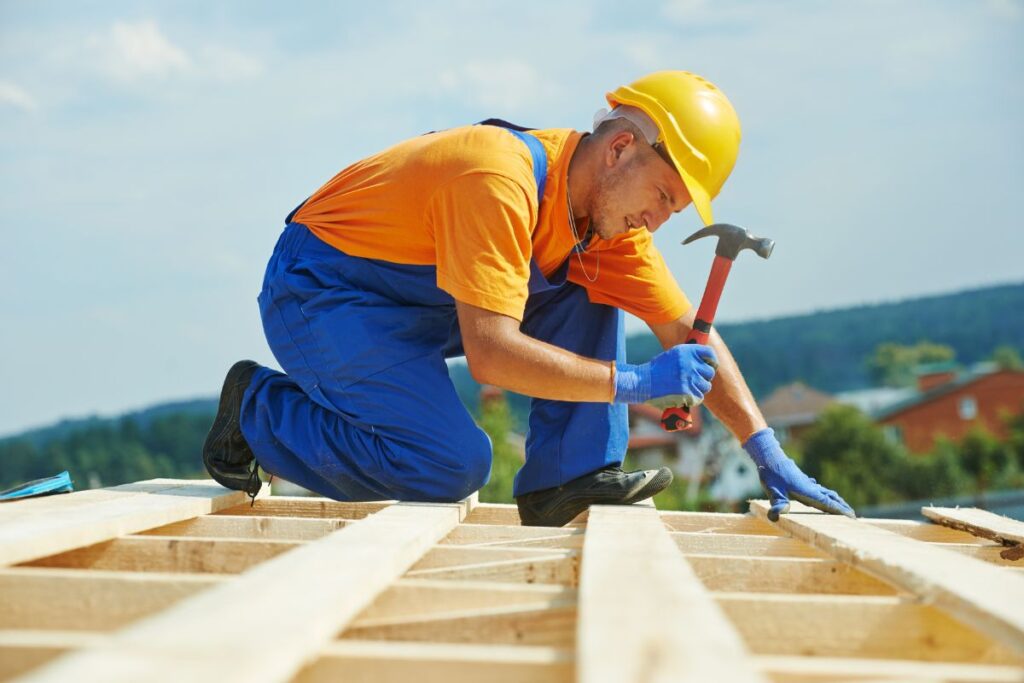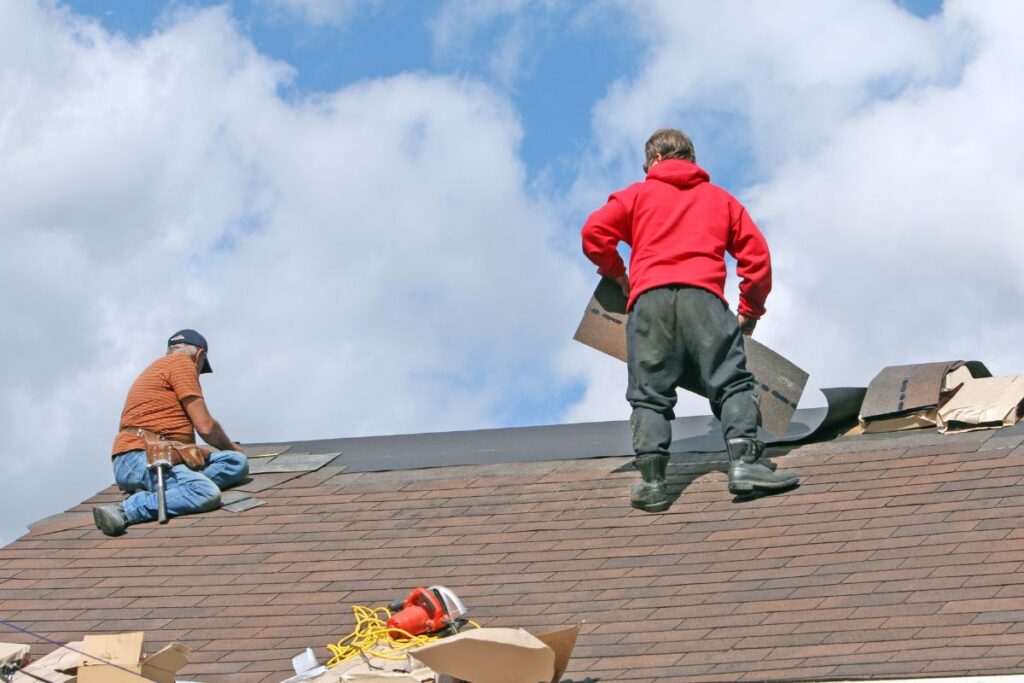As a homeowner, one of your biggest responsibilities is the maintenance and care of your home’s exterior, and that includes your roof. It’s more than just a cover over your head; it’s a shield that protects your home from the elements. Over time, your roof may show signs of wear and tear, requiring a restoration to return it to its former glory. Here’s your essential guide to understanding roof restoration.
What is Roof Restoration?
Roof restoration is the process of cleaning, repairing, and replacing the components of your roof to extend its life span and improve its appearance. Unlike roof replacement, which involves completely removing and installing a new roof, roof restoration focuses on utilising what’s already there and fixing it up.
Why is Roof Restoration Important?
The importance of roof restoration can’t be overstated. A well-maintained roof provides several benefits:
Increases Property Value: A restored roof not only enhances the aesthetic appeal of your home but also increases its market value.
Prevents Leaks: Over time, roofs can develop leaks that can cause significant damage to your home’s interior. Regular restoration helps detect and fix these leaks.
Energy Efficiency: A well-maintained roof can aid in maintaining a comfortable indoor temperature, reducing the need for heating or cooling, and saving on energy bills.
When is Roof Restoration Needed?
Knowing when to restore your roof is crucial. Here are some signs to look out for:
- Shingles are broken, missing, or curling at the edges
- Your roof is more than 20 years old
- There are granules from the shingles in your gutters
- There are signs of water damage or leaks
- The roof appears worn or old
- The Roof Restoration Process
While the specifics may vary depending on the roofing company and your roof’s condition, the general process includes:
Roof Inspection: This involves a thorough examination to assess the roof’s condition and determine the extent of the damage.
Repair: Any damaged or loose materials are repaired or replaced, including shingles, flashings, and gutters.
Cleaning: The roof is cleaned to remove dirt, moss, and algae, usually through a process called pressure washing.
Coating: A protective coating is applied to provide an extra layer of protection against the elements.
Choosing the Right Roofing Contractor
The success of your roof restoration largely depends on the contractor you choose. Look for a company that is licensed, insured, has good reviews, and provides a detailed quote.
In conclusion, roof restoration is a necessary aspect of home maintenance that protects your home, increases its value, and enhances its appeal. With the help of a professional roofing contractor, you can ensure your roof stays in top shape for years to come.


